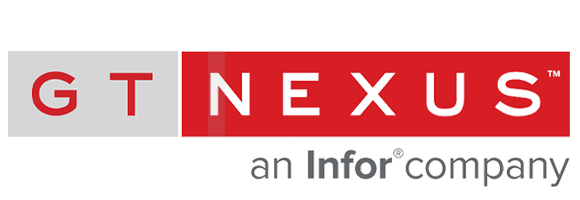Transportation in New Markets: Why the Old Way Won’t Work
Enter a new market with old transportation strategy, and you’re bound to hit a roadblock.
Transportation infrastructure, norms, and requirements vary wildly from region to region.
Companies often try what they know first - attempting the same cookie-cutter approach in a new market - but because of the lack of knowledge and experience they end up with a very different scenario than expected. The bottom line is that transportation strategy is not one-size-fits-all.
It’s not that companies don’t understand this. It’s that they’re not equipped to handle the volatility and unpredictability that comes with new and emerging markets.
On one hand, supply chain and logistics leaders are making their IT decisions in an attempt to address all of those supply chain singularities, implementing additional transportation management systems (TMS) for their new global partners. There are independent systems for domestic versus international freight, different regions, and different modes.
On the other hand, however, they’re lacking a way to connect these independent systems in a way that allows them a single, big-picture view of all of their providers. The end goal of the proliferation of TMS instances is to get closer to end-to-end supply chain visibility and control, but the unfortunate side effect is that now all the information is fragmented—there is no global view of how goods are moving, how costs are accruing, or how the business is performing.
Even a company with control over their transportation when things are going smoothly may struggle to deal with supply chain risk. While globalization makes the world a smaller place, it makes supply chains vulnerable to disruption and uncertainty.
There are so many handoffs in a global supply chain, so many opportunities for something to fall between the cracks. How long does it take you to react? Supply chain complexity makes manual interventions impractical or fruitless. And if you do reach the maturity to manage by exception, can you go one step farther and address the cause of the exception?
Traditional TMS applications alone will never solve these issues because they are each designed and implemented to manage a relatively small domain. Silos are detrimental to global business, impeding the flow of data, stunting organization-wide learning, and preventing alignment under one corporate strategy. If the business isn’t unified internally, what hope is there for collaboration with the large network of suppliers and partners?
To build this connective tissue, companies are adopting cloud-based systems that bring every transportation partner and application under a single control layer. A single platform binds together the TMS instances for end-to-end transportation management. International and domestic movements are in one place, along with logistics service providers’, carriers’, and suppliers’ shipping information.
These network connections allow you to fix those everyday problems. The increased control and visibility into shipments and analytics leads to quicker reaction to disruption and better decision-making, making for an agile, powerful supply chain.
When it comes to new regions, it’s true: transportation strategy is not one-size-fits-all. But there is one solution for maintaining strategic control while tailoring an optimal approach for each region and scenario.
Download the Study: Five Ways to Reinvent Your Transportation
Management Strategy













